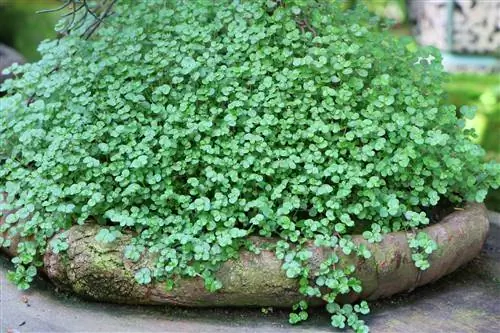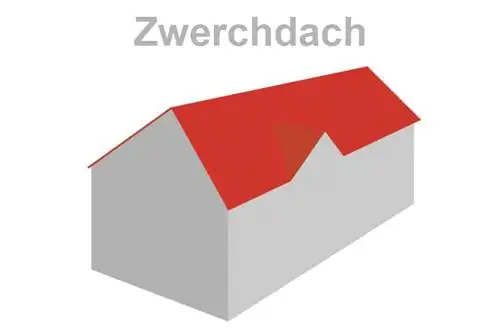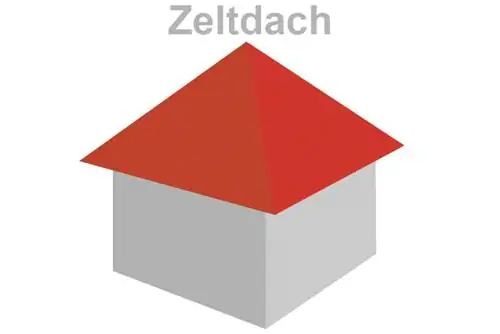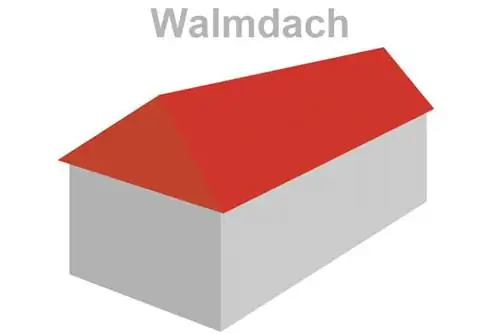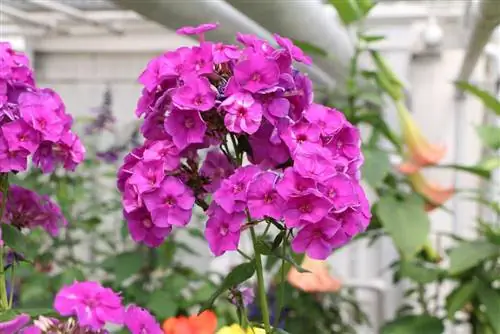- Author admin [email protected].
- Public 2023-12-17 03:39.
- Last modified 2025-06-01 06:48.
The original home of the Bubikopf is southern Europe. Here it thrives primarily as a pot plant, but is also ideal for hanging baskets or plant bowls. The bob is available in different shades of green, including shimmering silvery green. A beautiful color pattern can be created in plant bowls by cleverly combining several plants.
Bubikopf: the right location is important
The Bubikopf is undemanding and is completely happy with a bright location without direct sunlight. The Bubikopf also thrives in partially shaded locations. The plant tolerates temperatures between 5 and 30 degrees, with temperatures of 20 to 22 degrees in summer and 15 to 17 degrees in winter being optimal. There are now species that can also be planted in the garden. Over time, these then form a real carpet.
Every plant needs care
Even if the bob haircut is very undemanding, it can't do without care. Of course, the bobbed hair also needs water regularly. It is important to ensure that no waterlogging occurs. In general, it can be said that the bob uses more water on warmer days and therefore needs to be watered more often. The Bubikopf should also be watered from below, otherwise the sensitive shoots will quickly form a hole. Otherwise, it is sufficient to fertilize the plant every 2 to 4 weeks between May and October. A liquid fertilizer for green plants, which is mixed with the irrigation water, is ideal. It is also possible to use fertilizer sticks.
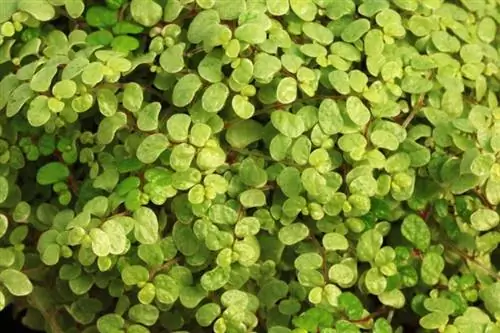
The bobbed head also has very few demands on the soil. It tolerates normal potting soil from the hardware store just as well as granules. Of course, plants also age. If the Bubikopf starts to get old, it can happen that the plant becomes yellow and unsightly despite good care. In this case, there is no other alternative than replacing it with a new one.
Propagation of the bob haircut - incredibly easy
No specialist knowledge is required to propagate the bobbed hair. The plant produces cuttings that immediately form roots when they come into contact with soil. But the Bubikopf can also be wonderfully propagated by dividing the root ball. The best time for propagation is in spring or summer. It doesn't matter whether the cutting or the divided root ball is used in potting soil or granules. It's just important to put it in a bright place and keep it moist. While the cutting method works at any time in spring or summer, the root ball should be divided in spring.
Diseases and pest infestation of the bobbed head
The Bubikopf is very robust and is generally not attacked by pests. The Bubikopf is not familiar with aphids, which are typical for other green plants. If the Bubikopf still shows yellowing of the shoots, it is more likely due to waterlogging or the soil has completely dried out. If there are signs of waterlogging, the plant should be removed from the pot and reinserted with fresh soil. Since the Bubikopf is very robust, it usually recovers well and pushes out new shoots. Even if the root has dried out, it will fully recover with regular watering.
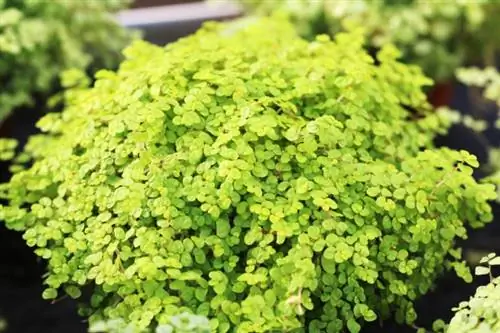
Shaping your bobbed hair
As with any other plant, the shoots of the Bubikopf grow at different speeds. To give the plant its characteristic appearance, the bobhead can be trimmed with sharp scissors. Just make sure that the existing shoots are trimmed evenly. If it happens that a paper cut goes wrong, new shoots will quickly fill the gap.
The bobbed hairstyle in bullet points:
- bright to partially shaded location
- Choose a location with temperatures between 5 and 30 degrees
- Watering regularly, but avoid waterlogging
- fertilize regularly in spring and summer
- Propagation via shoots or division of the root ball in spring or summer
- shape it into the desired shape with sharp scissors
The Bubikopf is a very robust and good-natured plant. Satisfied with the right location, it is easy to care for and even beginners will enjoy it. But seasoned gardeners will also love the bobbed head. With skill and a trained eye, an inconspicuous green plant becomes a small work of art. But the Bubikopf also cuts a fine figure in hanging baskets. If they are not trimmed, its delicate shoots and leaves grow far beyond the edge of the pot and form a veritable curtain.
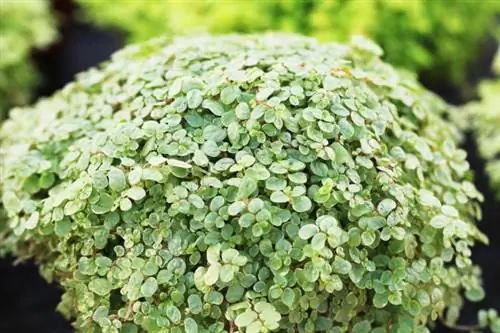
What you should know about the bobby head in brief
The Bubiköpfchen, also called Soleirolia soleirolii, is a small forest plant that has found a permanent home in German living rooms. In the apartment, the small plant often grows into a full plant ball.
- The Bubikopf is very undemanding, it hardly needs any rest time and its home is in sunny Corsica. If they have enough space, bobheads will grow over large areas outside.
- Soleirolia soleirolii only became known to us around 1920. Older little boys are very protective of you. Sometimes they have grown so densely that the lower leaves wither and turn brown because they no longer receive any light.
- Bubikopfchen thrive at any temperature, in any location and at any time of year. If you cultivate the Soleirolia soleirolii in the apartment, it is almost unimportant where the Bubikopfchen is located. Whether warm, cool, sunny, humid or dry. The little boy almost always thrives.
- The Bubikopfchen should be watered often in the warm summer months. It is important that the Bubikopfchen is only watered from below. If you water from above, the leaves will soon rot.
- With Soleirolia soleirolii, a little water can even remain at the bottom of the bucket. The little boy gets this supply little by little. Because of the many leaves, the plant needs a lot of moisture.
- The Bubikopf grows well even in cool rooms, but it should not be watered too often. In the autumn and winter months you should add liquid fertilizer to the water every 14 days.
- The best way to transplant or divide the Bubikopfchen is in spring. It is important to ensure that the young shoots are not destroyed.
- If the plant is too dark, it will form long shoots with no or very few leaves. Then it should be made brighter. It is normal for the plant to turn brown from below because of its dense growth.

